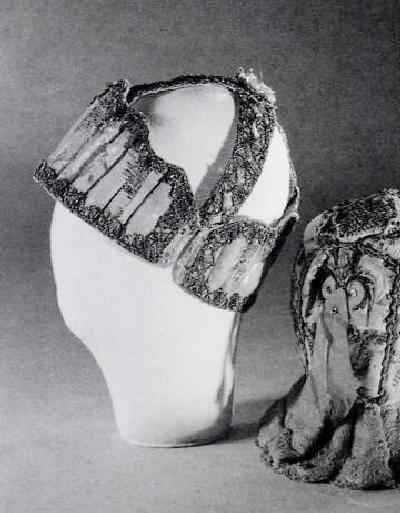
Figure 1.-- French mothers in the 18th century used a bourrelet which seems to have had a similar purpose to a puddin cap, but was not as well padded. Click on the image to se an illustration of a child wearing a bourrelet. Musée Galliera

HBC has not yet addressed the subject of infant clothing. As some readers have inquired about it, we will begin to collect information here. Hopefully our readers will provide some basic information. One of the most intersenly debated issues befire the 20th century concerning infants was the centuries old practice of swaddling.
Caps and bonnets were a common part of a baby's outfit through the 1920s. They were worn throughtout the day, inside and outside. Some children wore two caps. The first might be a plain cap made out of cotton and wool. The second was usually more ornamental--sometimes lavishly trimmed with ruffles and lace, quilted, emroidered, or decorated with other decorative embelishments. Especially elaborate caps were worn for christenings. They were most commonly white, but
like the outer cloak could be colored and cembroidered. Padded caps during the 18th and early 19th Century were sometimes used to help shape a baby's head, especially if it was judged to be pointed. These paded caps were used even longer to protect a baby's head from injury as a result of a fall. These caps were known
as pudding caps. (Pudding at the time not only had the modern connotation, but also meant a stuffed sausage. It was also another word for dumb.) A common expression at the time was that you wore a pudding cap so your brains wouldn't turn into pudding.
Swaddling is very common in humman civilizatioin from ancient times. Actual practices have, however, varied widely accross civilizations and time. The English were apparently early proponents of a less restrictive appraoch to infant care. John Locke critisized swaddling in Some Thoughts Concerning Education. The practice seems more resilant in France, despite Rousseau's criticism of it. The comfort and psycholgical impact is diificult to judge because of the age of the children involved. The practice in Euroope and America generally disapperared in the 19th century.
Leading stings were commonly employed on children's dresses from the 16th to 18th Century. They were precisely what they sounded like. Thestrips of fabric matching or coordinated with the dress fabric that were sewn on to the dress at the shoulders. The other end fell freely down the back of the dress. Some dresses did not have leading strings sewn on directly, but they would be pinned on if the mother so desired. The "strings" were considered practical for assisting younger children and controlling rambunctious children for whom they were used rather as a lease. Practices and conventions varied for boys and girls. Eventuallyleading strings in popular parkance became to be used more and more as a restraining device rather than walking aids. The term "harness" gradually became more and more popular . From 1900 to 1950, parents used the term "leather baby harness" for a 1 to 5 years old and "toddler harness for children from 2 to 5 years old.
French readers have provided some information about
infantwear. Important garments include christeming robes,
cache couche, and bibs. Rompers have also become
infantwear although they were earlier worn by todlers and
pre-school age boys.
Locke, John. Some Thoughts Concerning Education.
Rosseau
Navigate the Boys' Historical Clothing Web Site:
[Introduction]
[Activities]
[Biographies]
[Chronology]
[Cloth and textiles]
[Clothing styles]
[Countries]
[Topics]
[Bibliographies]
[Contributions]
[FAQs]
[Glossaries]
[Satellite sites]
[Tools]
[Boys' Clothing Home]
